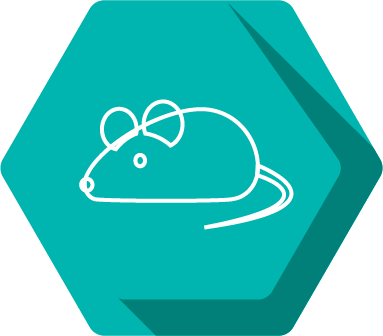Chloe Ruscilli

Research Mentor(s): Corentin Cras-Meneur, Assistant Professor
Research Mentor School/College/Department: Internal Medicine Division of Metabolism, Endocrinology & Diabetes, Michigan Medicine
Presentation Date: Thursday, April 22, 2021
Session: Session 4 (2pm-2:50pm)
Breakout Room: Room 2
Presenter: 3
Abstract
GLP-1 stands for glucagon-like protein-1. The GLP-1 is an incretin mostly secreted by intestinal epithelial endocrine L-cells, which are the cells lining the inside of the large intestine. It is secreted into the bloodstream when a meal is eaten. GLP-1 travels through the bloodstream to influence many different organs in our body such as our brain, liver, and pancreas. This research focuses on how GLP-1 affects islets in the pancreas. Since the GLP-1 protein has the ability to decrease blood sugar levels by promoting the production of insulin, the protein has been a topic of interest for pharmacological research. GLP-1 is currently being used in treatments for type 2 diabetes. The effects of the GLP-1 protein are known in adults, however, nothing is known about GLP-1 influence during development. This project investigates the effects of the GLP-1 protein on islets in the pancreas during development. We hypothesize that mice without GLP-1 receptors will have less islet cell mass and less proliferation. If there is no difference between pups with GLP-1 receptor and without the GLP-1 receptor, we expect to see no difference in mass nor proliferation of cells. Not much research has been done on the effects of GLP-1 during embryonic development, which is what this project is attempting to uncover. Further exploring this protein’s effect on islet activity in developing pups can supply the field with more important information.
Authors: Chloe Ruscilli, Corentin Cras-Meneur
Research Method: Laboratory Research with Animals







